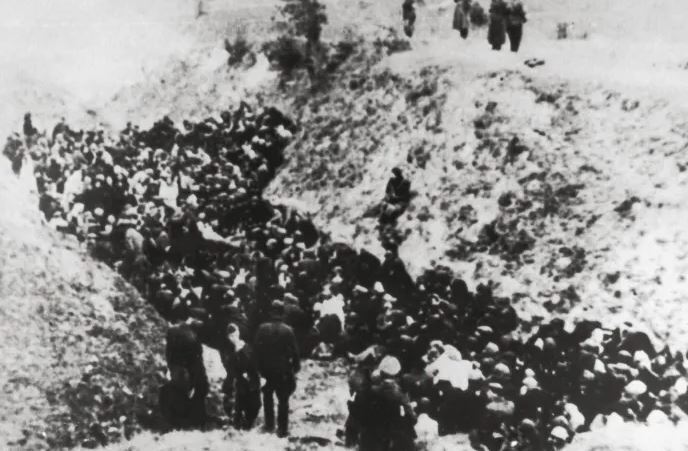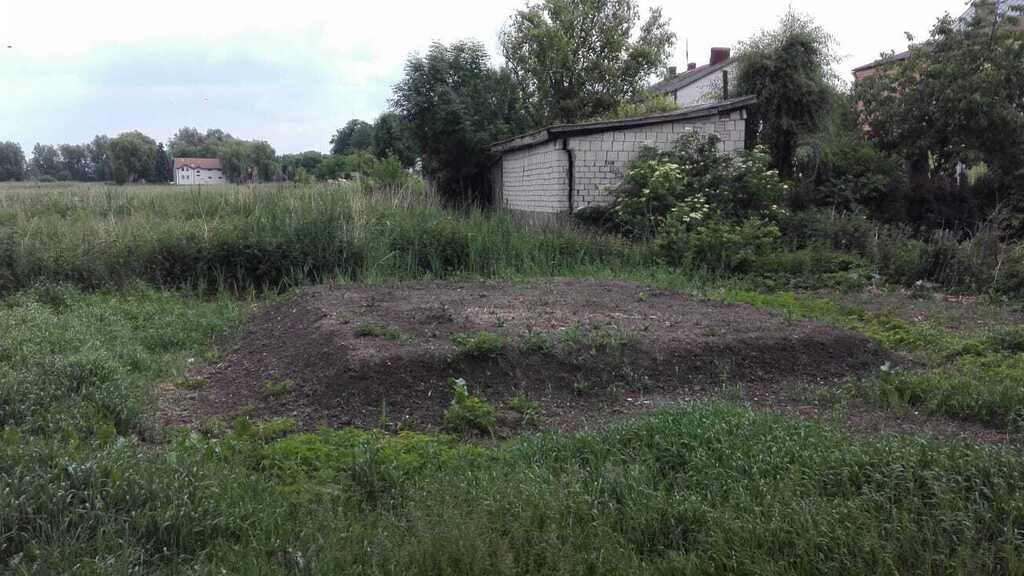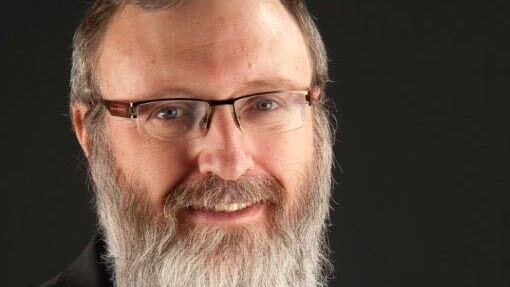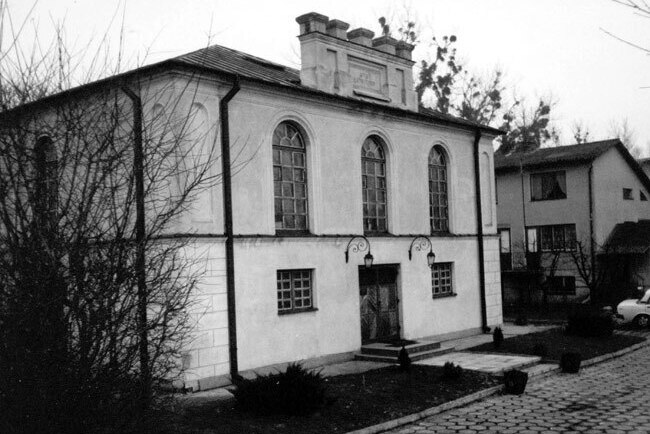Getting your Trinity Audio player ready...
Remains of 60 Jews, including 20 children, have been discovered in a mass grave in a small village in Poland believed to have been dug during World War II.
The grave in Wojsławice was discovered by officials from the Shem Olam institute for Holocaust education, documentation and research.
The Shem Olam made the discovery after receiving information about a suspected mass grave in the village, where a community of 1,500-2,000 Jews lived, before they were eradicated by the Nazi forces and their Polish collaborators.
After consultations with two elderly residents of the village, the Shem Olam team found the location of the grave in the backyard of a private residence in the village, using advanced technological scanners.
Rabbi Avraham Krieger, chairman of Shem Olam, said it was decided not to dig up the grave, and instead erect a monument in full cooperation with the village’s mayor.
“In the initial stage, we will place a metal sign with the names of the Jews who are known for sure to have been buried there, and then the place will be fenced off,” said Krieger.
"We were able to cross-reference information with the Commission for the Prosecution of Crimes against the Polish Nation, and find the names of some of the bodies of the Jews in the grave,” he added.
“Among other things, we found the names of three families, which include about twenty people along with grandparents, parents and children. These are the bodies of members of the Shimon Lang family and his children, the Gershon Fish family and his children and the Pavel Mendel family and his children."
In its prime, Wojsławice housed a vibrant Jewish community that had been there since the fourteenth century, and operated religious, educational and Zionist projects.
With the invasion of the Nazis in 1939, an "open ghetto" was established in the village, which was opened and closed at certain hours for specific needs. The village’s Jews were subjected to hard and humiliating forced labor, their property was confiscated and about a hundred residents perished in the first week of the occupation alone.
In 1941, the Jews were concentrated in a "closed ghetto," and in 1942 they were deported to labor and extermination camps across Poland. At that time, two pits were dug in the village, which served as mass graves every time the Nazis executed a local Jewish family or individual Jews.
4 View gallery


A large group of Polish Jews in the Belzec extermination camp, where the surviving Jews from Wojsławice were sent to at the end of the war
(Photo: Getty Images)
At the end of the war, the remaining Jews in the town were marched to the Vlodave and Belzec extermination camps, where they were murdered on the banks of the river Bug, on the border between Ukraine and Poland.
Currently, Wojsławice is known as a village that had been all but eradicated during the Holocaust, save for a single synagogue which serves to this day as a museum and monument to the slain residents of the village.




